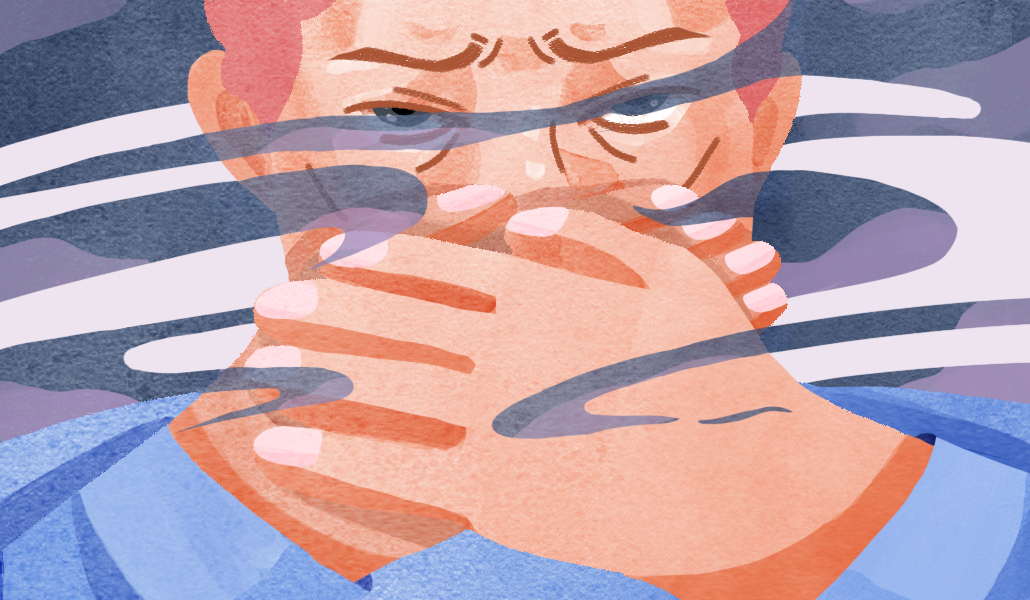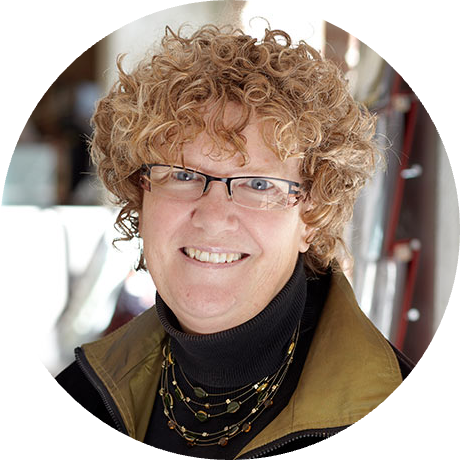Wildfire smoke requires urgent action from East Coast employers, experts say

Smoke from the Canadian wildfires has spread far and wide. For the past few days, people living in the northeast of the U.S. have walked outside to find the air thick with dense smoke.
Air quality alerts have been triggered across multiple states, and health officials have warned people to limit their time outdoors as the air has become increasingly dangerous to breathe.
The smoke caused the Federal Aviation Administration to issue a ground stop on all flights bound for New York City’s LaGuardia airport due to poor visibility, on Thursday. The air quality index spiked to “hazardous” levels in Philadelphia, where everyone was urged to stay inside. Philadelphia, New York City and surrounding areas are all experiencing orange skies.
Employers are now thinking fast about how they should direct employees, in order to keep them protected. Some have handed out N-95 masks to their employees before they headed home Wednesday afternoon, but others went even further and decided to redirect employees to work from home.
Google temporarily closed its New York campus and is asking other east coast employees to also stay home. While Google employees are on a three-day-a-week in-office schedule, the company decided it was best to switch to fully remote for now.
Google isn’t necessarily a stranger to responding to these kinds of situations, with its home state being California, which faced hazardous air quality issues for almost a month in 2020. The company set up a “go” link that directs employees to internal documents and information about wildfires and air filtering.
Kirsten Ritchie, global climate action and sustainability leader at architecture firm Gensler, urges other employers do the same.
“Whether you’re a tenant in the building or you own the building, it’s smart to start to do some climate change readiness assessments,” said Ritchie. “It’s recognizing things like what happens when there is a wildfire elsewhere and what the smoke impacts will be. How do you prepare for those days or weeks where there is smoke and it’s not healthy to be outside?”
That’s where the importance of optimizing air quality inside comes in. Office air quality became a hot topic after the Covid-19 pandemic forced organizations to take in-office air quality more seriously in response to heightened employee anxiety around airborne germs. Operations managers had to meet more stringent regulations around air quality in the office, and ensure the air was being circulated enough.
Today there are landlords who boast that their office buildings are WELL certified, which establishes requirements in buildings that promote clean air and reduce or minimize the sources of indoor air pollution. This certification also helps bring awareness around the importance of clean air for individuals.
On the surface, it might seem like an easy box to check off if you have a solid filter for the building, however, it requires upkeep, especially for filter changes.
“Air from outside needs to be filtered and in times of things like wildfire, you also have to make sure you are replacing those filters much more often because there’s clearly a lot more stuff in them,” said Ritchie.
Besides changing the filter, Ritchie advised decreasing the percent of outside air coming in and being filtered and increasing the percent of recirculated air depending on the severity of the conditions outside.
While the west coast might have this down pat, it’s more unfamiliar for the east coast where wildfire smoke hasn’t been the norm. That means it may not occur to building managers nor employers, to prepare for it.
Dr. Jie Zhao, head of wellness real estate company Delos Labs team and an air quality expert, explains that traditional building design is focused on providing ventilation and enough fresh air, but when the outside air is so bad, other solutions need to be considered.
“We cannot abandon the concept of opening windows to provide natural ventilation and save energy, but we may have to think harder about how to do that,” said Zhao. “Is it having indicators that show if the outdoor air quality is good you can open the window and if it’s bad, don’t? All those things need to be reconsidered.”
Zhao says that employers also need to be mindful of the impact that pollutants inside can have on employees.
“There are many aspects that impact people’s health and well-being, both short and long term,” said Zhao.
People on the east coast this week might be feeling a sore throat, itchy eyes, or have a headache. Those are all immediate impacts that the wildfires are having on us.
“That can impact your productivity,” said Zhao. “If your CO2 levels are high, meaning your ventilation system isn’t doing enough, then you might also feel sleepy. Your cognitive performance declines.”
Longer term, that impact is even larger. The air is filled with PM 2.5, which are the fine inhalable particles from the wildfires that can travel deep into our respiratory tracts, reaching our lungs. Studies have shown that it can cause respiratory inflammation, jeopardize lung functions, and even promote cancers.
“This awareness of how air pollution impacts our health is critical,” said Zhao.
And for those still working from home, Ritchie says that employers can share information around how to keep that space safe too. That ranges from getting a small filter device to making sure filters are changed to closing windows. Aside from that, masks are recommended if you do need to go outside.
“It’s being more prepared and more aware of climate change,” said Ritchie. “This is a wildfire, excessive heat, how do we respond? Then excessive cold, flooding and other things. There is a growing awareness around these stressors that are happening that we need to be prepared for. Chances are they are going to hit us, so how do we prepare and it be a part of the office plan?”


